Getting close to birds is something I find really exciting and calming at the same time.
Whether I’m out to snap some sharp wildlife photos or just hoping to watch birds up close, knowing how to approach them without sending them running (or flying) is super important.
A careful, slow approach gives me a chance to experience these wild moments while making sure the birds stay relaxed and safe.
Here’s a full rundown with everything I’ve learned about approaching birds in a way that lets me connect with them instead of scaring them off.
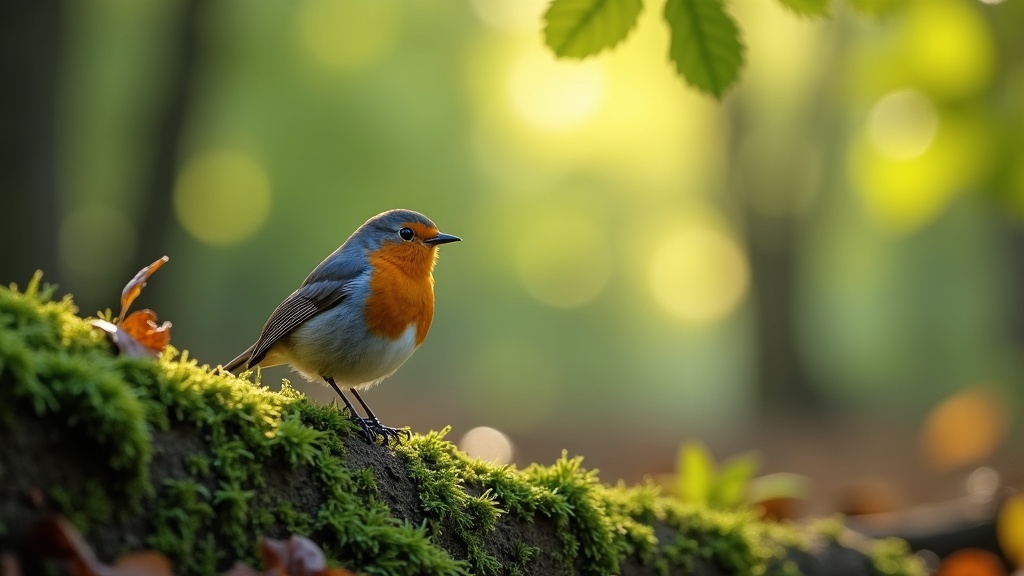
Understanding Bird Behavior: What To Look For
Knowing what a relaxed bird looks like versus a stressed bird is a skill that makes all the difference.
When I spot a bird just doing its thing, maybe feeding, singing, or grooming, it’s usually not worried about me.
These simple daily activities tell me the bird feels safe in its environment. As soon as a bird senses something unusual or feels threatened (like if I get a bit too close), it’ll definitely show it.
Birds have a few clear stages of response to something unfamiliar like a human. I pay close attention to the signals so I know exactly how to adjust my own actions.
- Relaxed: The bird goes about life as usual. Eating, hopping, singing, maybe sunbathing or fixing up its feathers.
- Alert: It suddenly stops what it’s doing, stands very still, and might angle its head to get a better look at me. You might see tail flicks, small hops away, or hear an occasional alarm call.
- Fear Response: If I push my luck, the bird bolts, either flying off or scurrying deep into cover.
Small details in how a bird carries itself matter. A robin stuffing its beak with worms and ignoring me is chill.
The same bird pausing, staring, or moving away in small jumps is telling me to slow down.
Some birds might even fluff up their feathers if feeling at ease, while others flatten their bodies and scan more often when slightly on edge.
Why Giving Birds Time To Relax Matters
One big lesson I’ve learned: birds need time to figure out that I’m not a threat.
Rushing in or suddenly appearing rarely goes well.
By moving slowly and pausing, giving them a chance to see that I’m not chasing, I help them relax and sometimes even get comfortable with me being around.
This patience works with almost every bird I’ve met, from backyard sparrows to shy waterfowl.
Wild birds, especially outside of cities, can be more skittish, so slowing my approach is even more important in wilder spots.
Even birds that are common near human activity can get nervous if I approach too quickly or act unpredictably, so I remind myself to always move gently and with care.
Approach Techniques That Actually Work
I use a combination of small, simple habits whenever I want to get closer to birds without making them anxious:
- Move Slowly and Smoothly: Birds pick up on fast or jerky movements right away. I’ll take a few careful steps and pause, watching the bird’s reaction before continuing.
- Avoid Staring: Predators lock eyes, and so can people; so I mix up where I look, maybe acting like I’m picking berries or looking for insects myself. Soft glances feel less direct to the bird.
- Approach Indirectly: I never head straight for birds if I want to get close. Walking at an angle feels less threatening to them, sort of like how another bird or animal might happen to cross their path.
- Relax My Body: If I’m tense or overly excited, birds somehow pick up on it. Breathing slowly and keeping my shoulders loose helps birds feel more at ease, too.
- Pause Often: Breaking up my steps gives the bird time to make up its mind. It might keep on feeding or singing, and that’s a green light for me to keep going. If it tenses up, I stop for a bit or even take a step back.
Some birds, especially in parks or busy towns, might let me come pretty close.
In wildlife reserves or deep forests, I keep extra distance, knowing those birds haven’t seen as many people and will spook more easily if I crowd them.
Adapting my approach based on where I am and what kinds of birds I’m watching always makes a big difference in my success.
Reading The Signs: Is The Bird Comfortable With You?
It all comes back to reading the bird’s body language. The quick checklist I follow goes like this:
- Is the bird doing regular stuff, like eating or chatting to its friends? That’s a good sign.
- Does it freeze, look at me, or take some hops away? That’s my cue to give it space.
- Does it suddenly call repeatedly or fly up into cover? Time to stop altogether and wait or back up.
Signs that a bird is starting to worry about me include:
- Stopping its current activity. If it pauses in the middle of eating, that’s a red flag.
- Getting really still and alert.
- Looking back at me with one or both eyes.
- Subtle shifting, hopping further away, or raising its crest or tail.
- Calling out with sharp or high-pitched notes (alarm calls).
- Flying off suddenly or dropping into thick cover.
I always try to stop pushing closer at the alert stage.
Giving birds the choice to relax again instead of pushing them to a full-on fear response goes a long way.
It also means my future chances of getting close again are better. By noticing these little cues, I have a better shot at building trust.
Step by Step Guide to Getting Closer
I like to make approaching birds into a bit of a game. Each step in the process gives me feedback, and I adjust based on how the bird is reacting. Here’s the step by step method I keep coming back to:
- Spot a bird engaged in something relaxed: Feeding, preening, singing, or just hanging out.
- Take a few gentle steps closer: Move slow, keep movements soft, and avoid going directly at the bird.
- Watch the bird closely: Is it still relaxed? If so, try another step or two. If it looks at me or changes its posture, pause and see what happens.
- Pause often and be patient: Give the bird time to get used to me being close. It might go back to being relaxed, or it might slowly work away from me. Sometimes it helps to spend a minute or two just staying still and letting the bird get used to my presence.
- Back up if needed: If the bird seems especially jumpy or starts giving off alarm calls, I step back and sometimes stand still for a while. This gives it a chance to calm down and maybe resume its normal activity.
- Keep sessions short: Even if things are going well, I try not to overstay my welcome. Birds need their space and too much attention can make them wary over time.
Practice, Observation, and Adapting to Different Birds
Each species and even each bird is a little bit different.
Some, like American Robins or city pigeons, are pretty chill with people being nearby.
Others, think wood warblers or wild ducks, like a lot more personal space. The more time I spend watching birds, the easier it gets to spot the subtle differences and tailor my approach.
Watching how many others behave in the area also helps me set realistic expectations on how close I’ll probably get.
Urban birds sometimes let me get much closer without fuss. Out in the countryside or forests, I give more space and take things even slower.
I’ve even noticed that if I practice patience and use the same gentle habits with the same birds over time, they get used to me and start to see me as just another part of the landscape. Some birds will never get comfortable, and that’s okay; it’s all about respect.
Using Gear for a Closer View (Without the Stress)
Sometimes it’s not about getting physically close, but about seeing more without stressing the birds. Here’s what I keep in my kit:
- Binoculars: Super handy for watching small birds from a distance, getting details on plumage, or picking out quiet behaviors.
- Zoom Camera Lens: If I want sharp bird photos, a zoom or telephoto lens lets me stay far enough away that the bird feels safe. Sometimes having a good lens is the best way to get next-level cool images without ever stepping over their boundaries.
- Neutral Clothing: I stick to muted colors and avoid loud patterns to blend in more easily. It’s a simple way to attract less attention. Hats and coats that don’t rustle or reflect sunlight help me stay less conspicuous as well.
Using gear doesn’t replace the need to be gentle and aware, but it definitely helps me get great views and photos without crossing the bird’s comfort lines.
Even the best camera can’t compensate for a bird that’s spooked, so my main focus remains on the bird’s behavior at all times.
The Impact of Habitats and Seasons
Where and when I approach birds makes a big difference.
During breeding season, for example, birds might protect their territory or be on edge, so I need to give more space and be even more careful about my footsteps or noise.
In winter, some species form big flocks and are sometimes easier to approach, but harsh weather can make them more skittish.
Places with lots of cover help birds feel more secure, so wooded areas or gardens work better than wide open fields for up-close encounters.
If I’m in a busy city park, those birds might already be used to people and tolerate me more easily, but I stay just as attentive to the signals.
Changes in light during sunrise or sunset can also affect how relaxed birds are, making those times ideal for gentle approaches and eye-catching photographs.
Common Challenges and How To Handle Them
Getting closer to wild birds is totally a learning curve. Here are a few challenges I’ve run into, and what I’ve picked up from those moments:
- Sudden Movements: Friendly dogs, bikes, or even my own camera moving too fast can easily startle birds. I stay still or slow down when there’s extra commotion. Sometimes, sitting or kneeling helps me look less intimidating if there are distractions around.
- Wind or Bad Weather: Birds are warier when it’s stormy or windy. I have much better luck on calm, clear days.
- Overeager Approach: Sometimes I get too excited and push my luck. Forcing things almost always means the bird flies away. Patience is always my best move in these situations.
- Wrong Time of Day: Birds are most relaxed and active during the early morning or late afternoon. Trying to approach in the heat of the day is usually less successful. I plan my outings for those times to give myself the best chance.
Reflecting on why something spooked a bird helps me learn and do better next time.
Each experience adds to my understanding, and keeping an eye out for these patterns is the best teacher.
There’s no perfect formula, but being present and respectful goes a long way.
Going Beyond: Building Trust with Birds Over Time
I’ve noticed that if I visit the same spot at similar times with the same careful routine, some birds start to accept me as just another part of the background.
This doesn’t happen overnight, and some species are always going to keep their distance.
But with consistent, gentle behavior, I’ve had robins, chickadees, and even shy sparrows come surprisingly close to me while feeding or nesting.
This kind of trust shows that patience always pays off.
Over time, birds can associate my calm presence with safety.
That kind of slow-building trust is what makes birdwatching so rewarding for me, and it means I sometimes get to witness next-level cool interactions that most people miss.
The ultimate connection with wild birds comes not from forcing an encounter, but from letting birds come closer out of their own comfort.
Frequently Asked Questions
Here are a few questions I get asked about approaching birds, along with my honest answers:
Question: How do I know if I’ve gotten too close to a bird?
Answer: If the bird stops what it’s doing, looks right at you, or shifts away, you’re already at the edge of its comfort zone. If it calls out or flies off, you’ve gone too far. Back up, pause, and try again after a while. Sometimes, using binoculars lets you observe from farther away, avoiding this problem entirely.
Question: Is there a best time of day for approaching birds?
Answer: Early morning and late afternoons work best. Birds are more likely to feed, sing, or do territorial displays, and tend to be less disturbed at those times. Fewer people out and about also means less background disturbance for both you and the birds.
Question: Do different species react differently?
Answer: Definitely. Some birds (like chickadees or pigeons) are more tolerant, while others (like wild finches or hawks) need much more space. Observing how each bird responds helps you tailor your approach. Songbirds may accept you within a few yards, but raptors rarely do unless you are especially cautious and patient.
Question: Are there places where I just shouldn’t try to approach birds?
Answer: Areas with nesting sites, bird sanctuaries, or protected zones sometimes have rules about keeping distance. Always respect these spaces. Disturbing nesting birds can be tough on their health and nesting success, so following posted rules and using signs as guides helps keep birds safe and stress-free.
Wrapping Up
Approaching birds without startling them is all about building awareness, using calm and steady habits, and reading their signals.
Over time, these skills have helped me get incredible views and photos, all while forming a real connection with nature.
The key is to put the bird’s comfort first, and the payoff is always worth it.
Try these approaches on your next walk, and you’ll see just how close you can get, while still letting birds feel right at home in their world.
Every peaceful encounter can turn into a moment of eye-catching discovery if you go slow and stay tuned in to what the birds are telling you.
Happy bird photography!!!!
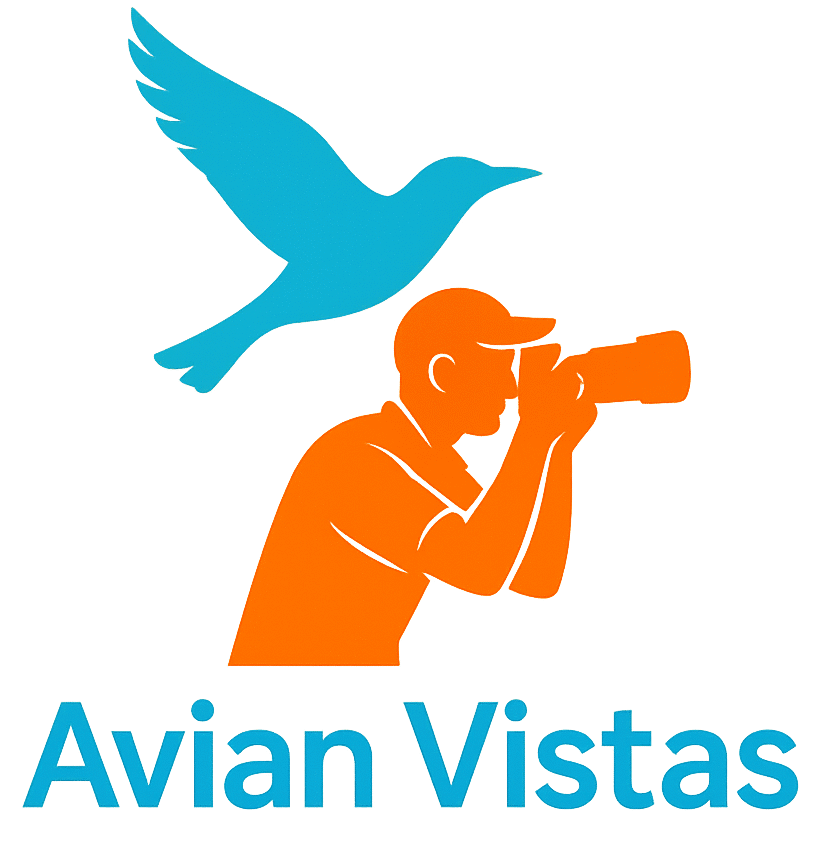

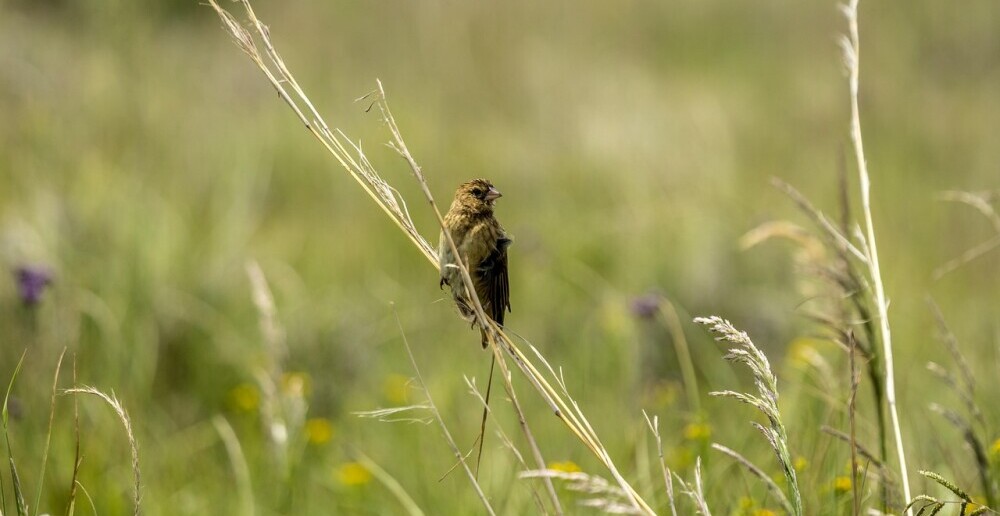
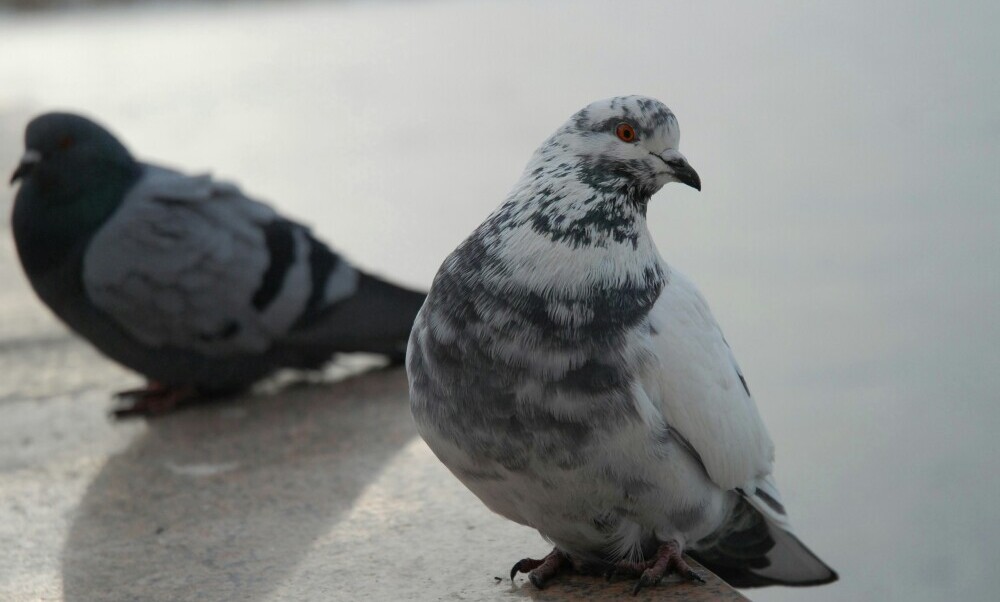
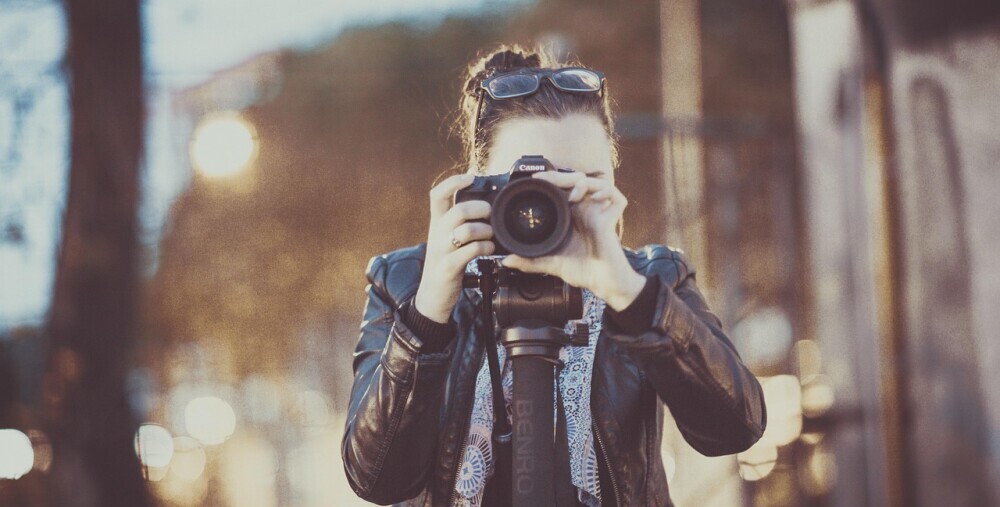

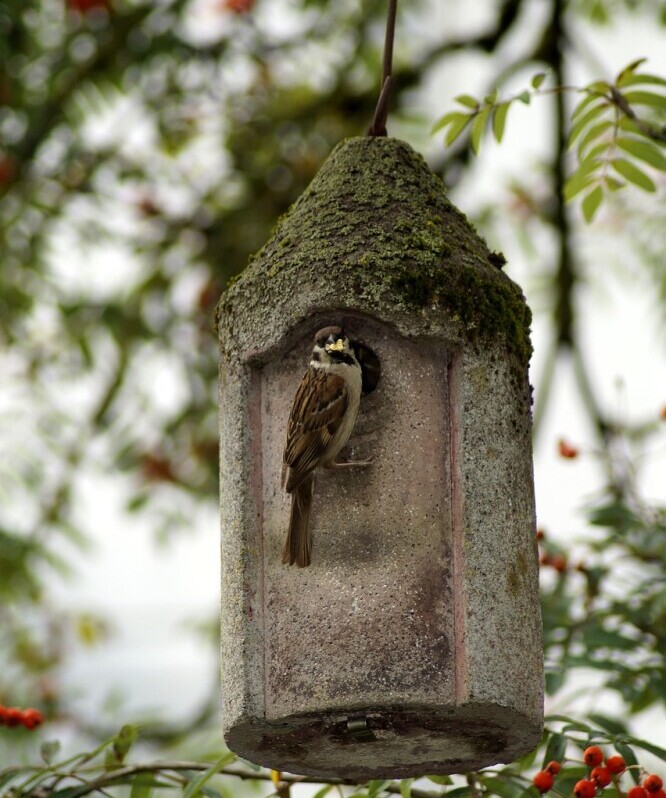
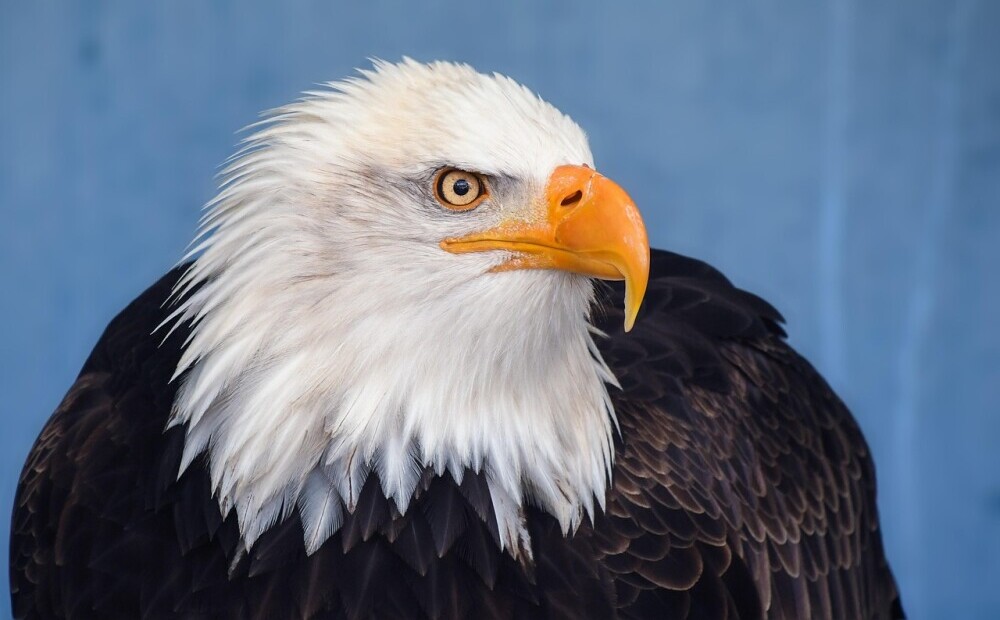
This brought back a lot of memories for me. I’ve spent countless mornings trying to get close enough to capture a good bird photo, and patience is truly the secret. Moving too fast or staring too long always sends them flying. What worked best for me was sitting quietly in one spot until the birds forgot I was even there. Sometimes they’d hop right past my shoes. It’s amazing how much nature opens up when you slow down and let it come to you.
John
Thank you, John, for sharing your experiences and insights.
It’s great to hear that you’ve had success with sitting quietly and letting the birds get comfortable with your presence.
Patience really is key when it comes to connecting with wildlife. I’m curious, do you have a favorite spot or time of day for birdwatching or photography?